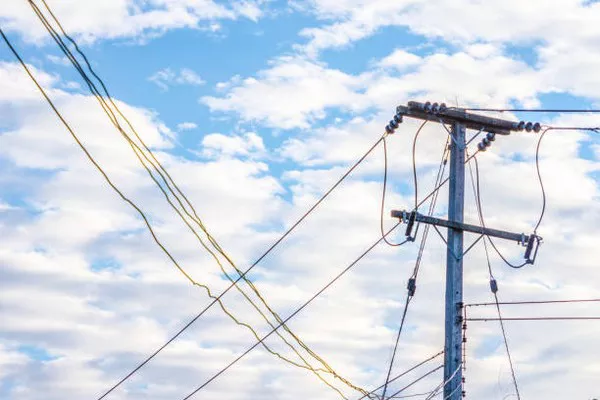Telecommunication and power distribution are inseparable aspects of our modern lives, with telephone poles standing tall as silent sentinels that facilitate both. Among the various components that adorn these poles, the transformer plays a pivotal role in ensuring a smooth and efficient power supply to our homes and businesses. In this article, we will delve into the intricacies of what lies inside a transformer on a telephone pole, unraveling the key components that make it an indispensable part of our daily lives.
The Exterior: A Closer Look:
Before we peer into the inner workings of a transformer, let’s start by examining its exterior. Typically mounted on the telephone pole, the transformer is a robust and weather-resistant apparatus. Its outer casing is designed to shield the internal components from environmental elements, ensuring the transformer’s longevity and reliability. The casing is often made of materials like aluminum or steel, providing a protective barrier against rain, snow, and UV radiation.
Core and Windings: The Heart of the Transformer:
At the core of every transformer lies its heart — the magnetic core and windings. The core is usually made of laminated steel sheets, carefully stacked and bonded together to create a solid structure. This laminated design reduces energy losses due to eddy currents, ensuring optimal efficiency.
Wrapped around the core are coils of insulated copper or aluminum wire known as windings. These windings are divided into two primary categories: primary and secondary. The primary winding receives the electrical power input, while the secondary winding delivers the transformed output to end-users. The ratio of turns between the primary and secondary windings determines the voltage transformation, making transformers indispensable for long-distance power transmission.
Insulating Materials: Safeguarding the System:
Within the transformer, various insulating materials are strategically placed to prevent electrical breakdown and ensure the safe and reliable operation of the device. Insulating oil, often referred to as transformer oil, is commonly used to immerse the windings and core. This oil provides both electrical insulation and serves as a heat exchange medium, dissipating heat generated during operation.
Additionally, insulating materials such as paper, pressboard, and synthetic materials are used to separate different layers of windings, preventing electrical contact and enhancing the overall insulation of the system. These materials contribute to the transformer’s ability to withstand high voltages and ensure a prolonged lifespan.
Tap Changer: Adapting to Voltage Variations:
To accommodate varying power demands and fluctuations in the electrical grid, transformers are equipped with a tap changer. The tap changer allows for the adjustment of the transformer’s turns ratio, enabling the fine-tuning of output voltages. This feature is crucial in maintaining a stable power supply, especially during periods of high or low demand. Manual or automatic tap changers ensure that the transformer adapts to the dynamic nature of the electrical grid, optimizing its performance and efficiency.
Cooling System: Managing Heat:
Transformers generate heat during operation due to the flow of electrical currents through the windings. To prevent overheating and maintain optimal performance, a cooling system is integrated into the transformer design. Common cooling methods include natural convection, forced air circulation, and, in larger transformers, liquid cooling using oil or other dielectric fluids. Efficient cooling is essential for preventing insulation breakdown and ensuring the transformer operates within its temperature limits.
See Also Transformer Insulation Failure: All You Need to Know
Bushings and Connectors: Facilitating Electrical Connections:
Bushings are essential components that provide electrical insulation and support for the external connections of the transformer. They serve as entry and exit points for the power lines connected to the primary and secondary windings. Bushings are carefully designed to withstand high voltages and environmental conditions, ensuring the seamless flow of electrical energy between the transformer and the power grid.
Connectors, often made of copper or aluminum, play a crucial role in establishing electrical connections within the transformer. They ensure efficient transfer of electrical energy between different components, minimizing energy losses and maximizing overall system efficiency.
Conclusion:
In conclusion, the transformer on a telephone pole is a sophisticated piece of engineering that plays a vital role in the modern power distribution network. From its exterior casing to the intricate internal components, every aspect is meticulously designed to ensure reliability, efficiency, and safety. As we continue to rely on electricity for our daily needs, understanding the inner workings of these transformers helps us appreciate the complexity and importance of the infrastructure that powers our connected world.

